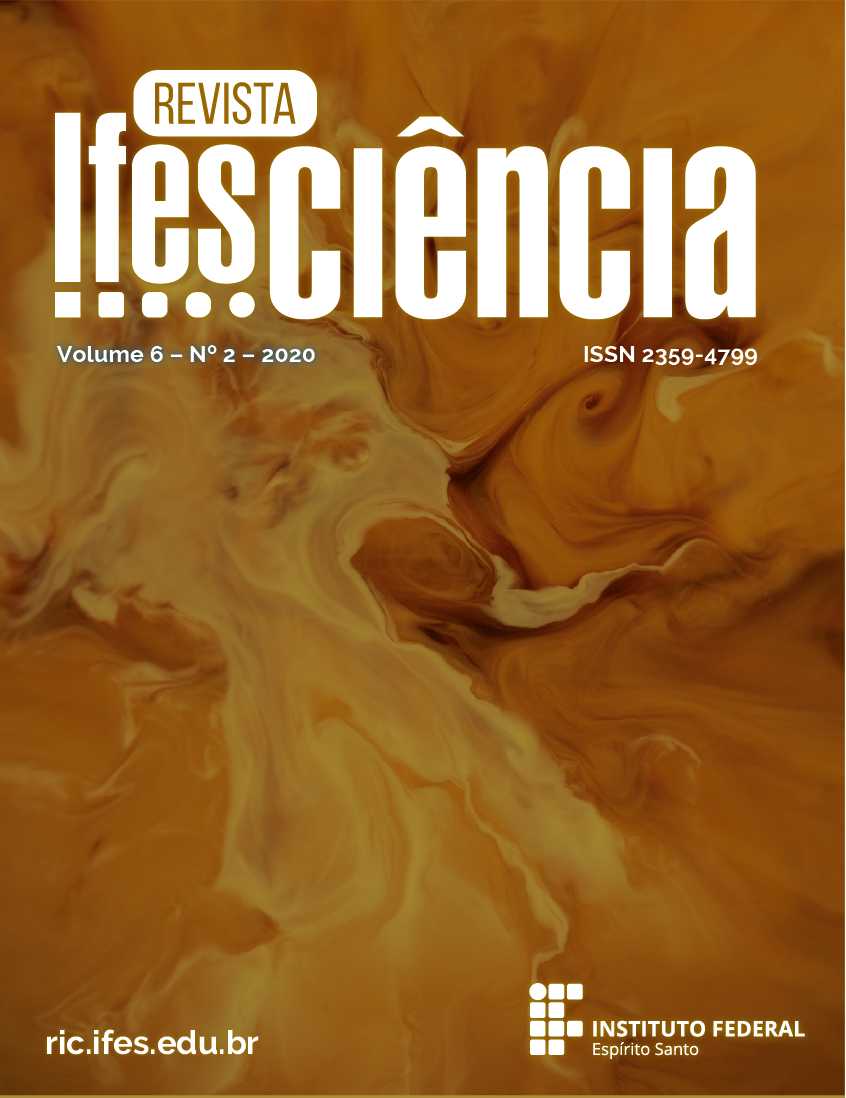EFFECT OF TANNERY SLUDGE ADDED IN COMMERCIAL SUBSTRATE FOR PRODUCTION OF CHICKEN PEPPER SEEDLINGS
DOI:
https://doi.org/10.36524/ric.v6i2.560Keywords:
fertilization; organic matter; residue; seedling quality; sustainable development; Capsicum frutescens LAbstract
The use of agro-industrial waste is not very recurrent, although it is economically viable and beneficial to the environment. In turn, such materials have high portions of organic matter and nutrients, indicating high potential for agricultural use. Therefore, the objective was to evaluate the development and quality of chili pepper seedlings, grown on six different substrates, containing proportions from 0 to 90% of tannery sludge in a commercial Bioplant® substrate, in addition to the control substrate, Provaso®. At 21 days after sowing, seedling emergence was counted, and at 42 days, seedling development and quality characteristics. For most of the analyzed variables, the tannery sludge, in the substrates, promoted a good development of pepper seedlings, presenting a performance similar to Provaso®. However, the increase in sludge portions, applied above an optimum level, has a negative effect, with a decline in the parameters of growth and seedling quality. In addition, it was observed that Bioplant® needs mineral supplementation to meet the initial needs of the seedlings, which is basically supported by the tannery sludge added to the substrate mixture. Finally, the use of this residue as a complement to the commercial substrate Bioplant® for the production of pepper seedlings, proved to be viable agronomically, promoting good quality and satisfactory seedling development.
Downloads
Published
Issue
Section
License
Copyright (c) 2020 Revista Ifes Ciência

This work is licensed under a Creative Commons Attribution-NonCommercial-NoDerivatives 4.0 International License.
Autores que publicam nesta revista concordam com os seguintes termos:
- Autores mantém os direitos autorais e concedem à revista o direito de primeira publicação, com o trabalho simultaneamente licenciado sob a Licença Creative Commons Attribution que permite o compartilhamento do trabalho com reconhecimento da autoria e publicação inicial nesta revista.
b. Autores têm permissão e são estimulados a publicar e distribuir seu trabalho online (ex.: em repositórios institucionais ou na sua página pessoal) a qualquer ponto antes ou durante o processo editorial, já que isso pode gerar alterações produtivas, bem como aumentar o impacto e a citação do trabalho publicado (Veja O Efeito do Acesso Livre).



